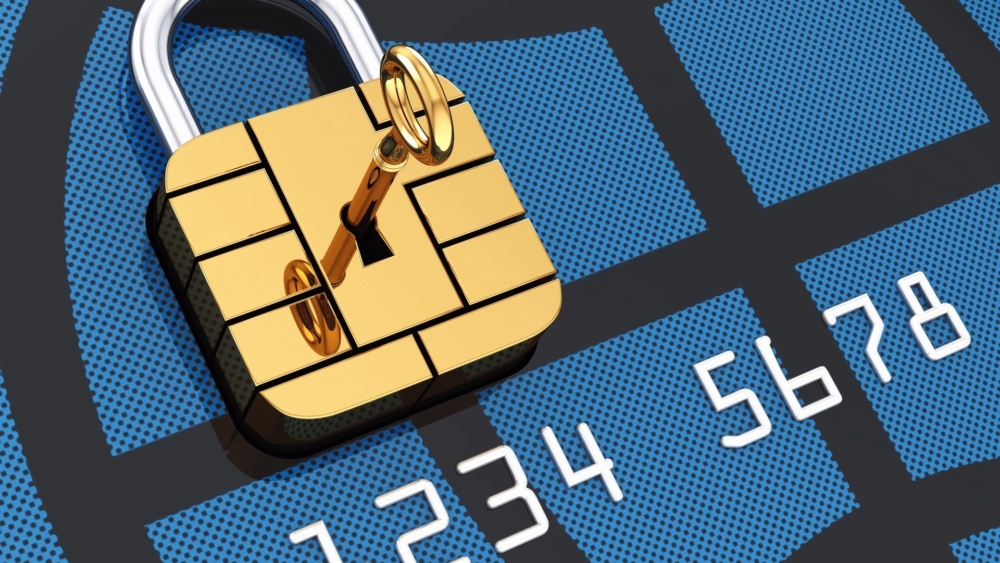If you’re in a pinch and need cash quickly, a cash advance on your credit card may seem like a good option. However, it’s important to understand the potential costs and risks involved before you make a decision. Here’s what you need to know about cash advances on credit cards, including fees, interest rates, and repayment terms.
What is a cash advance on a credit card
A cash advance on a credit card is a type of loan that allows you to withdraw cash from an ATM or bank using your credit card. Unlike a regular credit card purchase, which you can pay off over time, a cash advance typically comes with higher fees and interest rates, and may require you to pay it back in full within a shorter period of time. It’s important to understand the terms and conditions of your credit card agreement before taking out a cash advance.
How much does a cash advance cost
Cash advances on credit cards can be costly, with fees and interest rates that are typically higher than those for regular credit card purchases. The fees for a cash advance can vary depending on your credit card issuer, but they often include a cash advance fee, which is typically a percentage of the amount you withdraw, and an ATM fee if you use an out-of-network ATM. In addition to these fees, cash advances also typically have higher interest rates than regular credit card purchases, and interest starts accruing immediately, rather than after a grace period. It’s important to carefully consider the costs before taking out a cash advance on your credit card.
What are the interest rates for cash advances
Interest rates for cash advances on credit cards are typically higher than those for regular credit card purchases. The exact interest rate will depend on your credit card issuer and your individual creditworthiness, but it’s not uncommon for cash advance interest rates to be in the double digits. In addition, interest on cash advances starts accruing immediately, rather than after a grace period like with regular purchases. This means that if you don’t pay off the cash advance quickly, the interest charges can add up quickly and make the cost of the advance much higher than you initially anticipated.
How do cash advance repayments work
Cash advance repayments work differently than regular credit card payments. When you make a payment on your credit card, the payment is typically applied to the balance with the highest interest rate first. However, with cash advances, payments are often applied to the balance with the lowest interest rate first, which means that the high-interest cash advance balance may continue to accrue interest even as you make payments. It’s important to read the terms and conditions of your credit card agreement carefully to understand how your payments will be applied to your cash advance balance.
Alternatives to cash advances on credit cards
If you’re considering a cash advance on your credit card, it’s important to explore alternative options first. One option is to consider a personal loan from a bank or credit union, which may offer lower interest rates and more favorable repayment terms. Another option is to reach out to your creditors to negotiate a payment plan or to explore other options for managing your debt. Finally, consider building an emergency fund to help you cover unexpected expenses without relying on credit cards or cash advances.
We hope this article brings you closer to your Smart Financial Goals.
